A wheelchair is a wheeled mobility device in which the user sits. The wheelchair can be propelled by either manually or via various automated systems( e.g. electric, battery). Wheelchairs are used by people for whom walking has become difficult or impossible due to illness, injury, , or a disability. People with both sitting and walking disability often need to use a wheelbench. The earliest record of the wheelchair in use go back to
Seat and back, Two small front (caster) wheels and two large wheels, one on each side, And a foot rest. Wheelchairs are often made with various combinations of the basic type, currently there are many types of wheelchairs, and they come highly customized wheelchairs for the individual user's needs. The footrests/leg rests,the seat size (width and depth), seat-to-floor height, front caster outriggers, adjustable backrests, controls, and many other features can be customized on, or added to, many basic models, while some users, often those with specialized needs, may have wheelchairs custom-built. there is endless formations and combo's for a wheelchair.
Various optional accessories are available in the market, adjustable backrests, such as anti-tip bars or wheels, safety belts, tilt and/or recline features,support for limbs, mounts or carrying devices for crutches, walkers or oxygen tanks, drink holders, and clothing protectors. Experiments have also been made with unusual variant wheels, like the omniwheel or the mecanum wheel. These allow more directional movement options, so technology is continuing to move forward.
Manual wheelchairs are the type that require people to move them, there is three types of manual wheelchairs namely self-propelled, attendant-propelled, and wheelbase. Many manual chairs can be folded ultra lightweight wheelchairs for storage or movement into a vehicle. Manual or self-propelled wheelchairs are propelled by the occupant, be pushing the large wheels at the rear, the chair is moved by pushing on the hand rims which are made of hollow tube attached to the large wheel, typically of a smaller size than the wheel it self. A skilled operator can pull wheelies on the back wheels which is key to climbing down kerbs etc.
Attendant-propelled chairs are designed to be propelled by an care giver or friend who will push the wheelchair using the handles, and thus the back wheels are rimless and often smaller. These chairs are typically used as transfer chairs to move patients around like in hospitals or airports. Wheelbase chairs are wheeled platforms with specially-molded seating systems interfaced with them for users with a more complicated posture. A molded seating system involves taking a cast of a person's best achievable seated position and the either carving the shape from memory foam or forming a plastic mesh around it. This seat is then covered, framed, and attached to a wheelbase this becomes more of a custom wheelchair then a standard type.
Light weight and high cost are related in the manual wheelchairs market. At the low-cost end, heavy, tubular steel chairs with sling seats and little adaptability dominate. In a higher price range, and more commonly used by persons with long-term disabilities, are lightweight wheelchairs with more options and the top end of the market contains ultralight wheelchairs which have extensive seating options and accessories, all-terrain features, and so.
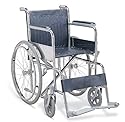

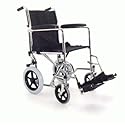
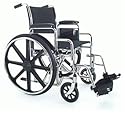

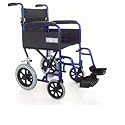
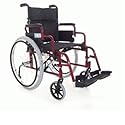
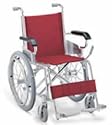
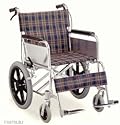
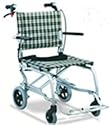
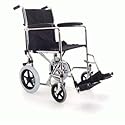
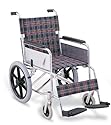
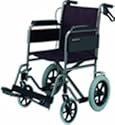
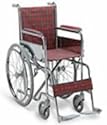
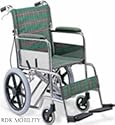
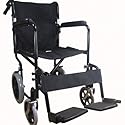

I would like to say that this blog really convinced me, you give me best information! Thanks, very good post.
ReplyDeleteAttendant Wheelchair